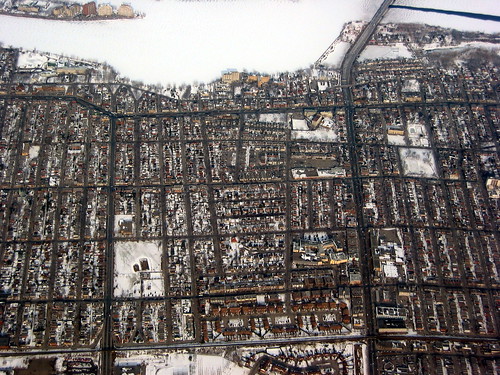I have a thing about cars, idling, air quality and really appreciate it when people develop interesting visualizations & sonifications that make car population issues tangible by using metaphors which make those data meaningful. While this is an HR intensive and expensive visualization project, it could not have been done without access to some free data and in this case Madrid Movilidad. I would have liked a bit more metadata and metholodological explanations to accompany the visualizations though! Nonetheless, this project reinforces the argument that experimentation and innovation comes with free data!
Cascade on Wheels is a visualization project that intends to express the quantity of cars we live with in big cities nowadays. The data set we worked on is the daily average of cars passing by streets, over a year. In this case, a section of the Madrid city center, during 2006. The averages are grouped down into four categories of car types. Light vehicles, taxis, trucks, and buses.
We made two different visualizations of the same data set. We intended not just to visualize the data in a readable way, but also to express its meaning, with the use of metaphors. In the Walls Map piece, car counts are represented by 3D vertical columns emerging from the streets map, like walls. The Traffic Mixer piece, where noise is the metaphor, is an hybrid of a visualization and a sound toy. The first piece focuses more on showing the data in a readable and functional way, while the latter focuses more on expressing the meaning of the data and immersing the user into these numbers. Both pieces try to complete each other.
Check out their videos!





Comments on Posts